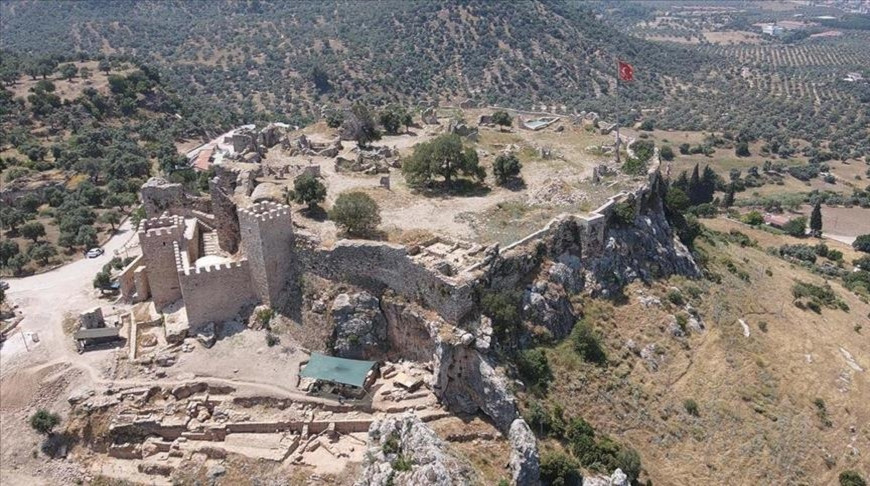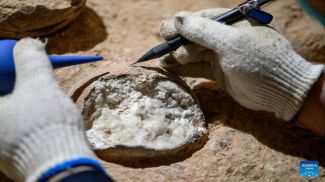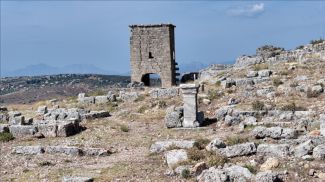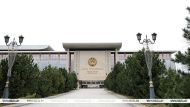
ANKARA / MILAS, 18 June (BelTA - Anadolu) - Over 100 arrowheads dating
back to the Turkish era have been unearthed in an ancient Aegean city,
said the head of the dig team.
The findings were made over the past two days in excavations at a castle in the ancient city of Becin in Mugla, southwestern Türkiye, Kadir Pektas, a professor of Turkish and Islamic art, told Anadolu.
“These are Turkish-era arrowheads. Finding them in military structures is expected,” said Pektas, who is leading the dig at Becin, a settlement on the UNESCO World Heritage Tentative List site.
“What makes these discoveries significant is the evidence that no human activity occurred here after their last use, which is highly valuable for Anatolian Turkish archaeology,” he added.
He said excavation and restoration efforts, carried out year round under the authority of the Turkish Culture and Tourism Ministry, are continuing at full speed.
Becin was once the capital of the 13th century Menteshe Beylik, or principality, one of the frontier principalities established by the Oghuz Turks.
The city holds layers of history, including previous discoveries of graves from the Chalcolithic period, indicating uninterrupted settlement for around 5,000 years.
Pektas added that further excavation will continue around the castle’s grave and bath areas, with more arrowheads expected to be found.
He also highlighted ongoing work at the so-called “Persian Tower,” where objects dating back to the sixth century BC have been unearthed.
“These finds provide valuable insights into the archaeological history of Becin and its surroundings,” he said.
The findings were made over the past two days in excavations at a castle in the ancient city of Becin in Mugla, southwestern Türkiye, Kadir Pektas, a professor of Turkish and Islamic art, told Anadolu.
“These are Turkish-era arrowheads. Finding them in military structures is expected,” said Pektas, who is leading the dig at Becin, a settlement on the UNESCO World Heritage Tentative List site.
“What makes these discoveries significant is the evidence that no human activity occurred here after their last use, which is highly valuable for Anatolian Turkish archaeology,” he added.
He said excavation and restoration efforts, carried out year round under the authority of the Turkish Culture and Tourism Ministry, are continuing at full speed.
Becin was once the capital of the 13th century Menteshe Beylik, or principality, one of the frontier principalities established by the Oghuz Turks.
The city holds layers of history, including previous discoveries of graves from the Chalcolithic period, indicating uninterrupted settlement for around 5,000 years.
Pektas added that further excavation will continue around the castle’s grave and bath areas, with more arrowheads expected to be found.
He also highlighted ongoing work at the so-called “Persian Tower,” where objects dating back to the sixth century BC have been unearthed.
“These finds provide valuable insights into the archaeological history of Becin and its surroundings,” he said.













